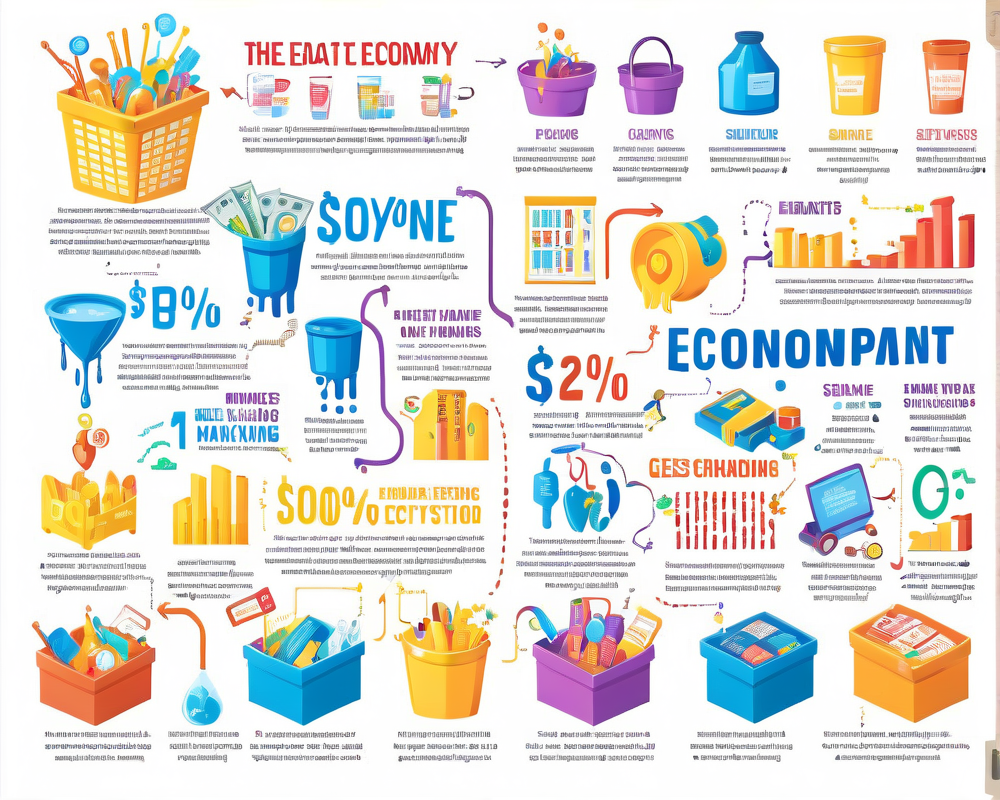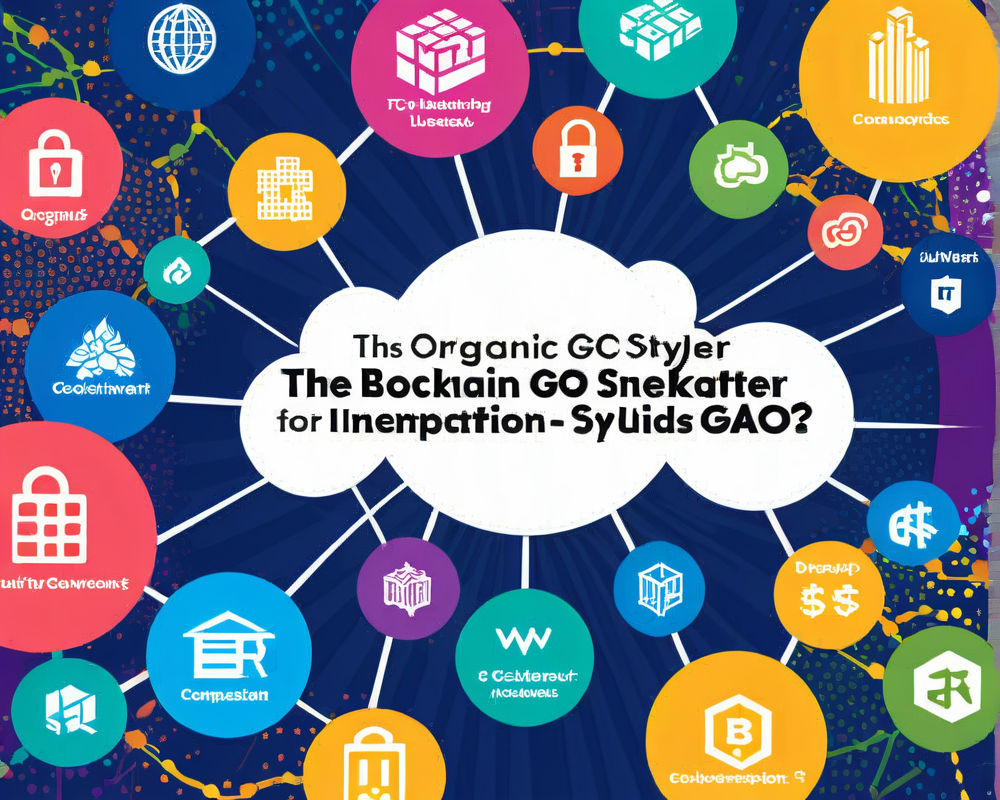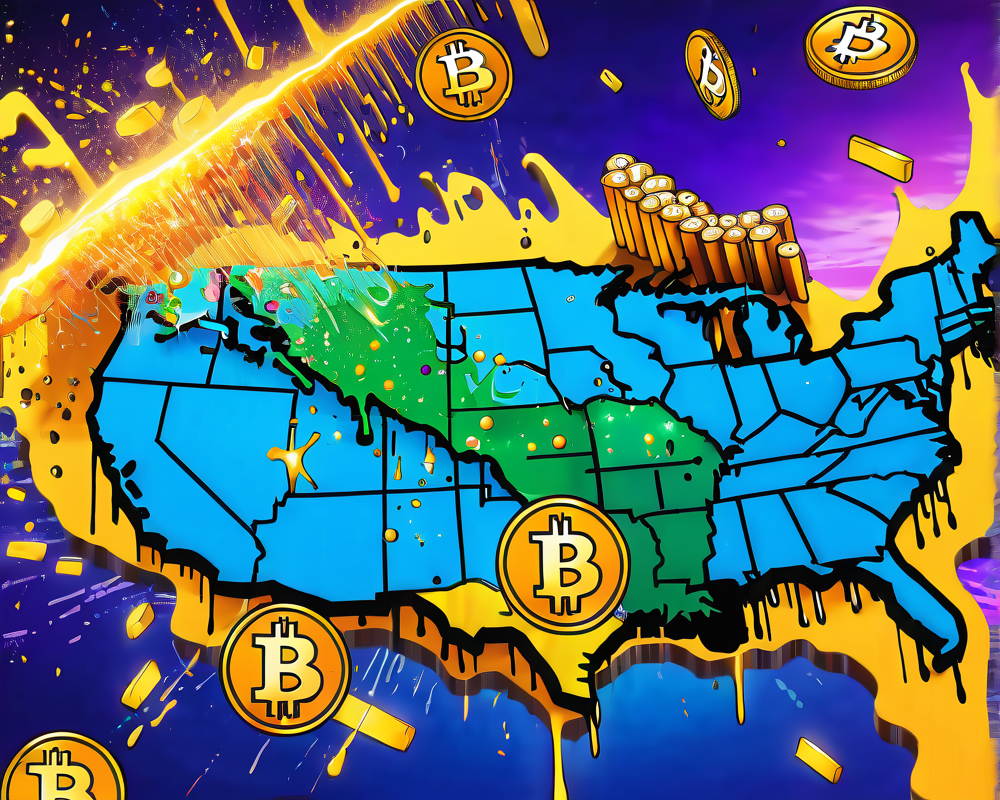Understanding the Economic Ecosystem
The economy can feel as convoluted as an IKEA assembly manual without the instructions, but fear not! It’s a vital part of our lives that guides our decisions in spending, saving, and even voting! At its core, the economy is a complex system characterized by three interdependent phases: production, distribution, and consumption. Let’s dive deeper into what keeps this economic engine running smoothly.
What Influences the Economy?
The economy is like a volatile smoothie, getting mixed up by numerous factors. Here are some main players:
- Macroeconomic Factors: Government policies, international trade, and interest rates.
- Microeconomic Factors: Individual spending and saving habits.
It’s a bit like trying to understand why your cousin keeps posting mysterious food pictures on Instagram—it’s all connected but confusing!
The Government’s Role in Economic Affairs
Picture the government as the referee in the economic game. Using fiscal policy, it decides who gets what, when, and how. Taxation and spending are its tools for maintaining the score. For instance, it can drop a hefty spending package to jumpstart sluggish economic activity. Yet, there’s always that ongoing debate about whether taxes are too high or if we actually *want* to help the roads not have potholes the size of small meteors!
The Impact of Interest Rates on Our Wallets
Ever notice how a cheap cup of coffee suddenly doesn’t seem so cheap when you add interest? That’s because interest rates dictate the cost of borrowing money. When rates are low, people borrow more, leading to a surge in spending—and economic growth. But high rates? That’s akin to putting a “Do Not Enter” sign on your shopping list!
Trade: The Double-Edged Sword
International trade is like a dinner party, where everyone brings something to the table—literally. It allows countries to swap goods and services, creating opportunities for growth. At the same time, there’s the potential for job loss in sectors that can’t compete globally. Balancing trade relations is like trying to keep all your relatives fed without letting your vegan cousin feel left out.
Core Components of Our Economy
The economy is made up of three essential players: households, businesses, and the government. Think of them as characters in an ensemble cast of a sitcom, each with their quirks and roles that impact the storyline:
- Households: The consumers who demand goods and services.
- Businesses: The producers who create these goods and services.
- Government: The enforcer and provider of public services—because someone has to ensure the roads are free of muggles after dark!
A Snapshot of Economic Health
Several economic indicators act like health markers for our financial well-being:
- Gross Domestic Product (GDP): Basically the economic GPA—shows how we’re doing overall.
- Unemployment Rate: Gallons of job seekers per capita. High rates often mean a sick economy!
- Inflation Rate: The speedometer for rising prices—too fast, and we’re in trouble!
- Consumer Price Index (CPI): Tracks how much your grocery bill is getting out of hand.
- Retail Sales: The economy’s mood ring—shows whether we’re splurging or holding back.
Blockchain: The New Kid on the Economic Block
With blockchain technology entering the scene, it’s like giving the economy a high-speed turbo boost. By enhancing transactions and promoting transparency, blockchain can open new avenues for innovation and job creation. Think of it as a supercar that’s still in the prototype stage—its full impact remains to be seen, but the potential is there, waiting to be unleashed on all sectors!




